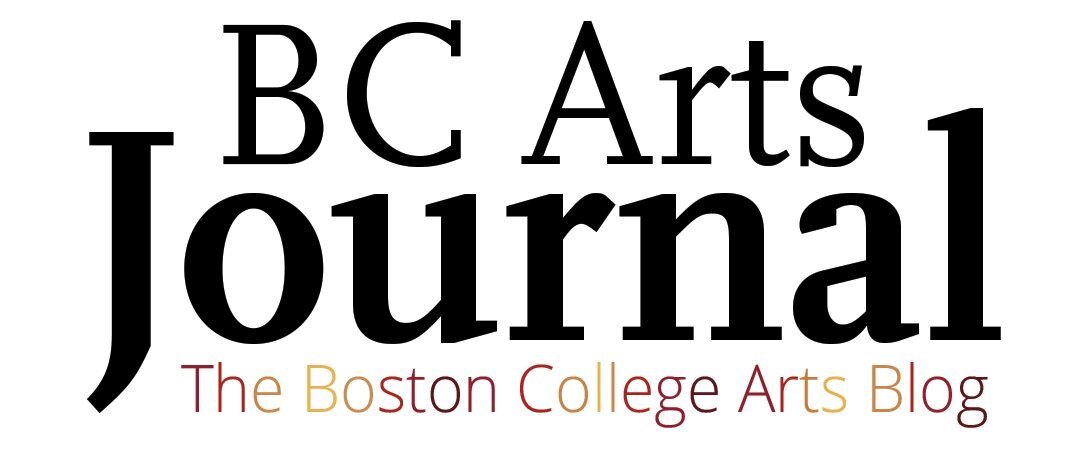The New Role of the Auction House
There is a key misunderstanding held by a majority of the art world. For many people, a key characteristic of the art market is the high-profile evening auctions at dominant houses like Sotheby's and Christie's. These institutions are usually thought to just be intermediaries, neutral agents who host events and connect the masterpiece of an artist with the highest bidder. This commonly-held belief, however, isn’t just wrong but has been carefully crafted by intentionally placed marketing campaigns. What instead are these institutions? In the modern-day art market, these houses have evolved to be much more than middlemen. Through the use of sophisticated financial tools and well-planned promotion, they have become active market-makers. Nowadays, besides selling art, auction houses are increasingly and aggressively manufacturing their financial value and use that value to de-risk its acquisition by buyers.
For one, the most significant tool that has come into use in this transformation is the auction guarantee. Historically, the auction house model was based on a risk-free commission business, where they earned both a "buyer's premium" from the winner and a commission from the seller. The guarantee has bucked this trend and added a layer of sophistication to these institutions. Now, to secure a high-value consignment, the house will promise the seller a minimum price regardless of the outcome of the auction (which is kept unknown). If the painting sells for less than this amount (or fails to sell at all) the auction house must pay the seller the guaranteed sum, which causes it to incur a financial loss and acquire the painting itself. This has become a massive and fundamental shift in the business of an auction house. The modern-day auction house is not a risk-free agent; they are a risk-bearing principal that must take action to ensure that profit is being made. The house now has a direct, multimillion-dollar financial stake in the artwork's success, which then incentivizes it to ensure the piece not only sells, but soars past the guaranteed price. This may mean that the price a piece of artwork achieves is not representative of the true value of the artwork, but a result of the actions of an auction house.
What are these activities? Now that they have their own capital on the line, the auction house's promotional methods take on a new life and become a form of active market-making. In fact, it is comparable to the market making done by financial institutions. For a blockbuster painting, the house will finance a global tour, exhibiting the work in popular art hotspots such as Hong Kong, London, and New York, to build hype and thus secure bids in advance. They will also pay to publish the painting in catalogs that frame the work's importance and crucially, the history of its ownership. This is integral to the value of many paintings. By tracing its lineage through a series of prestigious collectors, the auction house is then able to build a narrative of cultural importance. This inherently adds value to the artwork and makes it more in demand, increasing the price that a piece of art can fetch at an auction. This promotion is designed to "de-risk" the purchase in the eyes of a billionaire collector, as they are purchasing a piece that has already been in the hands of other collectors.
An issue arises from this, as this system creates a gap between the true competitive dynamics of an auction and what is known to the public and other buyers. The final hammer price is public and broadcast to the world as a new, objective market benchmark. It is used by collectors when they are gauging the value of their own pieces and what to pay for new pieces for their collection. In fact, the publicity serves a promotional purpose, reinforcing the value of the artist and the asset class. It also generates an allure around the future paintings that are sold by the auction house, as it is now known for selling such expensive pieces. However, beneath the surface, the financial mechanics behind that price are almost entirely opaque and unknown to the public. Was the painting taken off the collector’s hands and sold with a guarantee? Was that guarantee financed by the introduction of an anonymous outside investor who receives a fee from the auction house for backing the price? Was there a bid by the third-party guarantor on the work themselves in order to protect their investment? This information is kept confidential, meaning the public does not see the hidden financial scaffolding and other tricks that ensured the price reached such a jaw-dropping number.
Ultimately, auction houses, despite their elegant nature, have become much more than neutral platforms; they are akin to the investment banks of the art world. By financing sales through guarantees, actively managing risk, and building targeted promotional campaigns, they have, for better or worse, become the primary engines in the financialization of art. They do not wait for the market to decide on a price and actively intervene to create it, shaping which artists and artworks are elevated to high status.
Written by: Arham Shah
Edited by: Katie Breuche
Work Cited:
Ella. “How Do Art Auction Houses Work? A Full Guide.” OurAuctionHub, 8 Nov. 2025, www.ourauctionhub.com/archives/1524.
“Inside the Auction House: A Behind-The-Scenes Look at Art Transactions.” Sotheby’s Institute of Art, 12 Dec. 2023, sothebysinstitute.com/articles/how-to-series-auction-house/.
Islam, Ferdousi, and Sarah McDaniel. “The Morgan Stanley Art Resources Team Explains the Quirks of Art Auction Results.” Observer, 4 Jan. 2024, observer.com/2024/01/data-art-market-auction-sales-digitization/.
Kenton, Will. “Sotheby’s: Meaning, Business Units, History.” Investopedia, 29 Mar. 2022, www.investopedia.com/terms/s/sothebys.asp.
“What Went Wrong at Sotheby’s? Inside the Auction House’s Fall behind Christie’s.” Bocconi Students Investment Club, 28 Sept. 2025, bsic.it/what-went-wrong-at-sothebys-inside-the-auction-houses-fall-behind-christies/.
